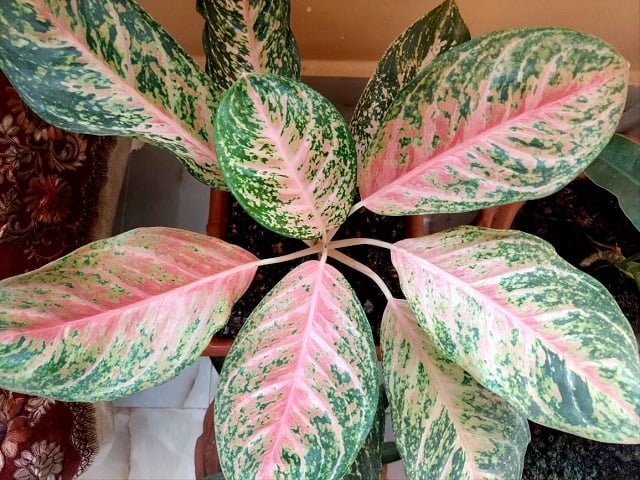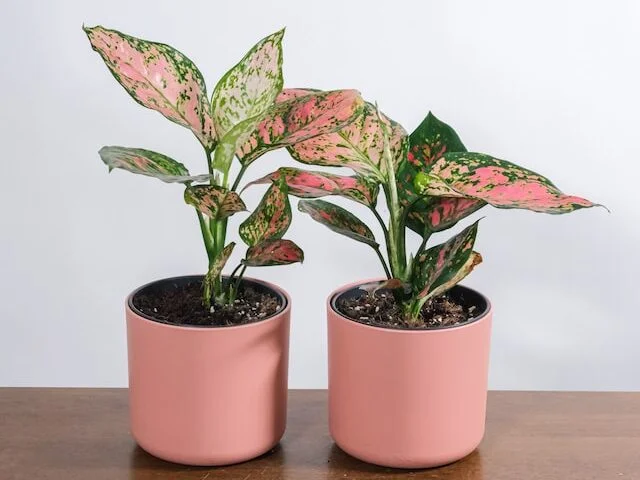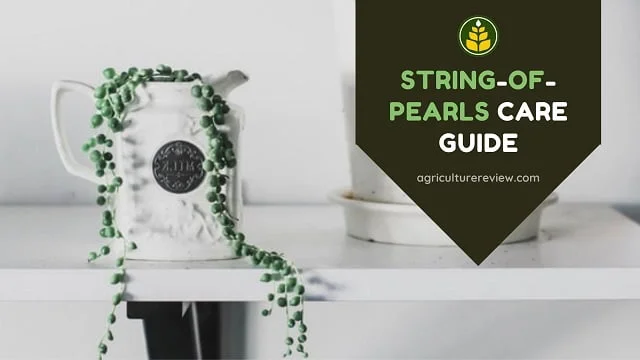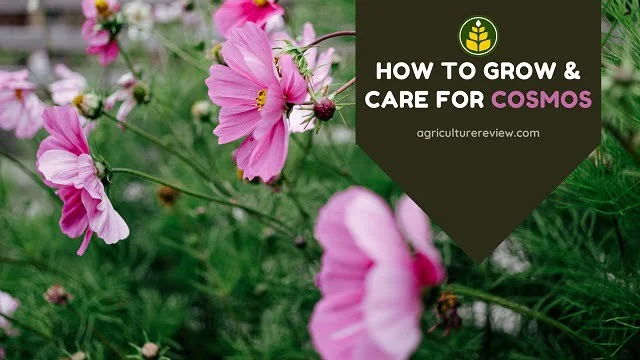This ultimate guide on aglaonema care will help you to care for your aglaonema plant. Know sunlight, watering, fertilizers requirements of your plant. Moreover get to know about pest & diseases too!
According to thejoyofplants.co.uk, Aglaonema is an attractive foliage indoor plant. It is also an awesome air purifying plant. And if you are planning to fill your home with plants then you can not miss aglaonemas.
Table of Contents
Introduction
Aglaonema or Chinese evergreen plant is a popular indoor flowering plant that grows wild in rainforests of Thailand, Malaysia, and Indonesia. In rainforests these plants grow beneath the leaf canopy. That means in natural space it receives indirect sunlight.
However, gardeners & plant enthusiast love this plant mainly because of the beauty of its leaves. Leaf colour varies from silver, yellow, red to green in colour with beautiful markings on them.
According to NASA, this famous houseplant can filter air toxins such as formaldehyde and benzene. Moreover, caring for this indoor plant is also easy. You can keep them in your bedroom, office, or even study room.
Aglaonema Care Guide
However, aglaonema plant doesn’t requirement much care but knowing about the important aspects can help you a lot. Generally every plant species has it own basic requirements in which they grow and prosper very well.
The smartest way is to mimic the native environment of the plant species. This promotes the best growth of the plant. And if you are the reader of agriculture review then definitely you are going to be a smart gardener.
Growing Season
You can grow aglaonema in USDA plant hardiness 10 and 11. Tropical to sub-tropical climate is best for growing this plant. To repot spring to summer is considered as the best season. During winters try to protect this plant from cold wind.
In temperature below 15 degrees Celsius the growth of this plant gets restricted.
Potting Mix
Aglaonema plants love well drained, loamy soil, i.e. slightly acidic is ideal for growing aglaonema plant. Soil pH range of 5.6 to 6.5 is ideal. Avoid growing this plant in too much clayey soil.
You can prepare ideal potting mix with 40% soil + 20% river sand + 20% cocopeat + 20% any bulky organic manure. You can use vermicompost as a manure.
Selection Of Pot
Small to medium sized pots are good for growing aglaonema plant. 8 to 10 inches sized pot are ideal. However, make sure that your pot has 3 to 4 drainage holes at the bottom. Gardeners love to grow them in decorative pot.
Sunlight
Never ever place this plant under direct sunlight. Aglaonema loves indirect sunlight to grow. Moreover depending on the variety light requirement varies. Although they can also survive in shade but bright indirect sunlight favours good growth.

Green coloured aglaonema can perform well in shade but red to pink varieties need bright indirect sunlight.
Watering
Aglaonema plant loves moist but hates soggy soil. But overwatering can definitely harm your plant. This wonderful tropical plant loves humidity. Hence if the atmospheric moisture is less than 50% then you should mist the plant frequently.
They need moderate watering. Only apply water in the pot when top layer of the soil becomes dry. This practice will help to promote better growth of the plant.
Fertilizers
Aglaonema are not heavy feeders. Hence you do not need to add too much fertilizers. Moreover only add nitrogen rich fertilizers to promote good vegetative growth. You can add two handful of any bulky organic manure once after every 60 to 90 days.
You can also add liquid fertilizers once after every 45 days. For this purpose you can tea leaf extract. I will not advice to use banana peel or onion peel fertilizer as they are rich in phosphorus & potassium.
Pests & Diseases
Although this beautiful house plant doesn’t get affected from pest and diseases easily. But, few pests such as slugs, aphids, mealy bugs can harm your plant sometimes. To deal with snails and slugs you can spray salt water solution on pests. Do not add too much of salt as this can increase salinity of the soil.
I have already published articles on aphids and mealy bugs that you can check out from here.
READ MORE: LEARN TO CONTROL APHIDS
READ MORE: LEARN TO CONTROL MEALY BUGS
Repotting
Aglaonema is a slow growing plant. It will take 2 to 3 years for repotting. However, you can repot the plant when the roots starts bounding in the soil. Or whenever it starts coming out of the drainage holes.
Toxicity
Aglaonema is a moderately toxic plant. That means you have to be careful while having this plant in your space. Keep your loved one away from touching this wonderful plant unnecessarily. Although it does not cause any harm on touching but it can harm when ingested.
F.A.Q. On Aglaonema
How much watering frequency for aglaonema plant?
Aglaonema plant performs very well in moderate watering. However the best practice is to apply water in the pot when 1 to 2 inches layer of the soil becomes dry. One more important point is drainage holes. Make sure that the drainage holes doesn’t gets blocked.
Is aglaonema a lucky plant?
Definitely it is a lucky plant. It not only add positive vibes in the environment but it also filters out toxins from the air. In today’s world when pollution is one of the biggest problem in cities, air purifying plants such as aglaonema are blessings from the nature.
Is aglaonema indoor plant?
We can call aglaonema an indoor plant as it requires filtered sunlight to grow in natural habitat. Green shade variety of aglaonema can even survive under low light condition. But calling a plant an indoor plant doesn’t means that it can perform well without any source of light.
Is aglaonema plant poisonous?
Yes aglaonema plant is moderately toxic. Hence if you are having this plant in your home or office then keep them away from kids or pets.
Author’s Note
I guess you are now clear on caring for your aglaonema plant. If you have any idea, suggestions, or query then you can comment below. You can also connect with Agriculture Review on Facebook, Instagram, and Pinterest.







Green Aglonima ke patte pile kyo ho rhe hai ….
Overwatering or direct sunlight can cause yellowing of leaves, check whether water is draining properly or not, if plant in under direct sunlight, then bring it under indirect sunlight. It will help to reduce yellowing of leaves in your Aglaonema plant.
I hope this will help!